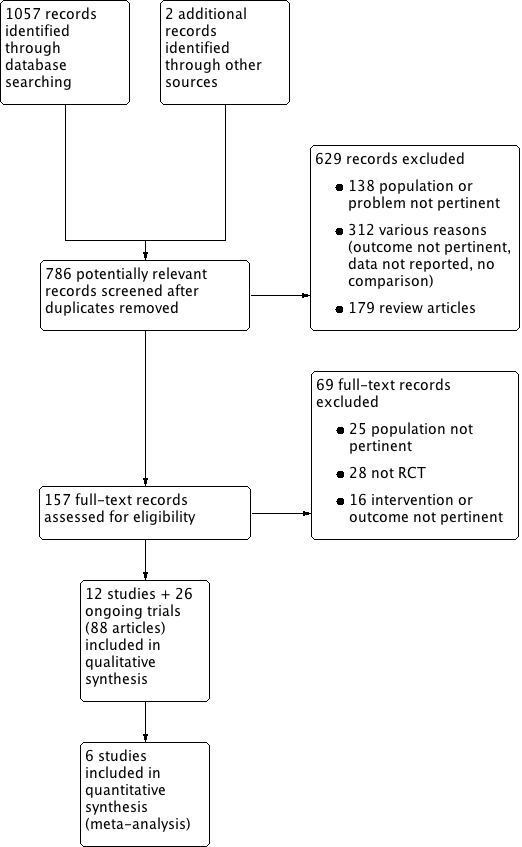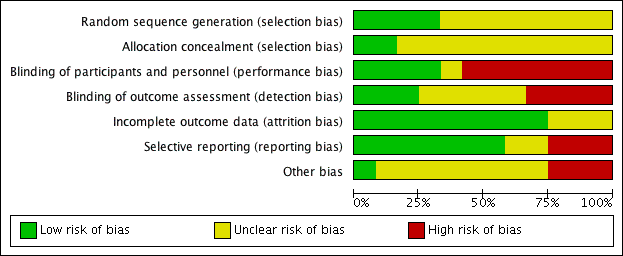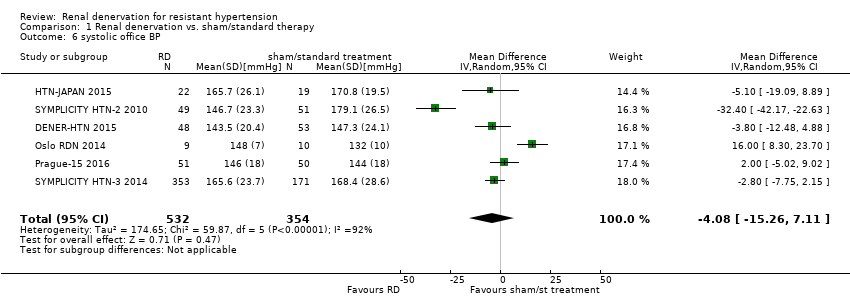Contenido relacionado
Revisiones y protocolos relacionados
Anna Pisano, Luigi Francesco Iannone, Antonio Leo, Emilio Russo, Giuseppe Coppolino, Davide Bolignano | 22 noviembre 2021
Vijaya M Musini, Francois Gueyffier, Lorri Puil, Douglas M Salzwedel, James M Wright | 16 agosto 2017
Yu Jie Chen, Liang Jin Li, Wen Lu Tang, Jia Yang Song, Ru Qiu, Qian Li, Hao Xue, James M Wright | 14 noviembre 2018
Emily Reeve, Vanessa Jordan, Wade Thompson, Mouna Sawan, Adam Todd, Todd M Gammie, Ingrid Hopper, Sarah N Hilmer, Danijela Gnjidic | 10 junio 2020
Scott R Garrison, Michael R Kolber, Christina S Korownyk, Rita K McCracken, Balraj S Heran, G Michael Allan | 8 agosto 2017
Josh Batterink, Sarah N Stabler, Aaron M Tejani, Curt T Fowkes | 4 agosto 2010
Eficacia hipotensora de los diuréticos como tratamiento de segunda línea de la hipertensión primaria
Jenny MH Chen, Balraj S Heran, James M Wright | 7 octubre 2009
Jenny MH Chen, Balraj S Heran, Marco I Perez, James M Wright | 20 enero 2010
Jose Agustin Arguedas, Viriam Leiva, James M Wright | 17 diciembre 2020
Balraj S Heran, Michelle MY Wong, Inderjit K Heran, James M Wright | 8 octubre 2008



















